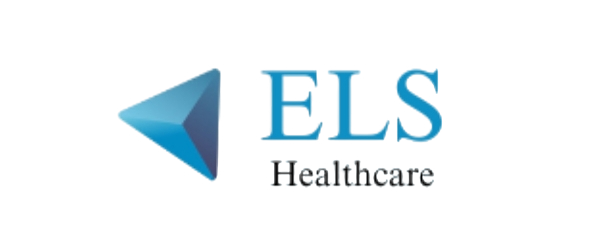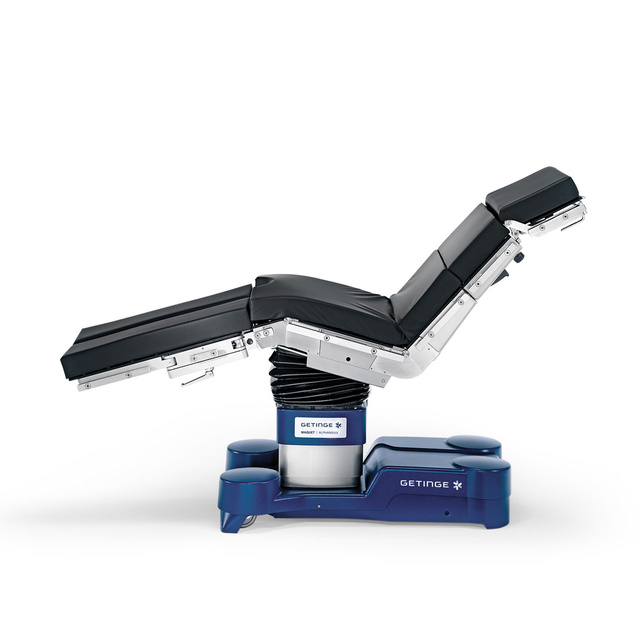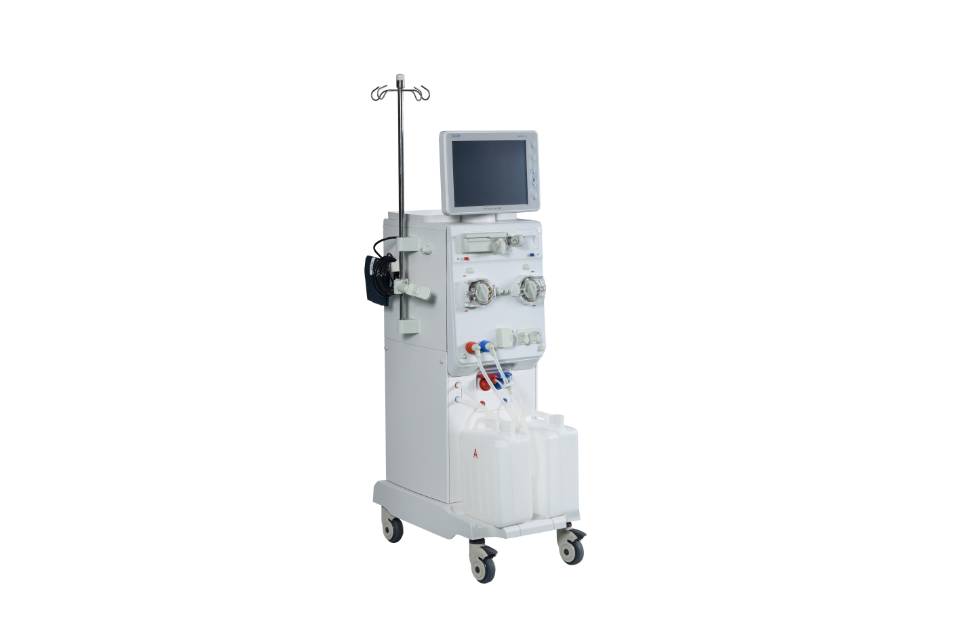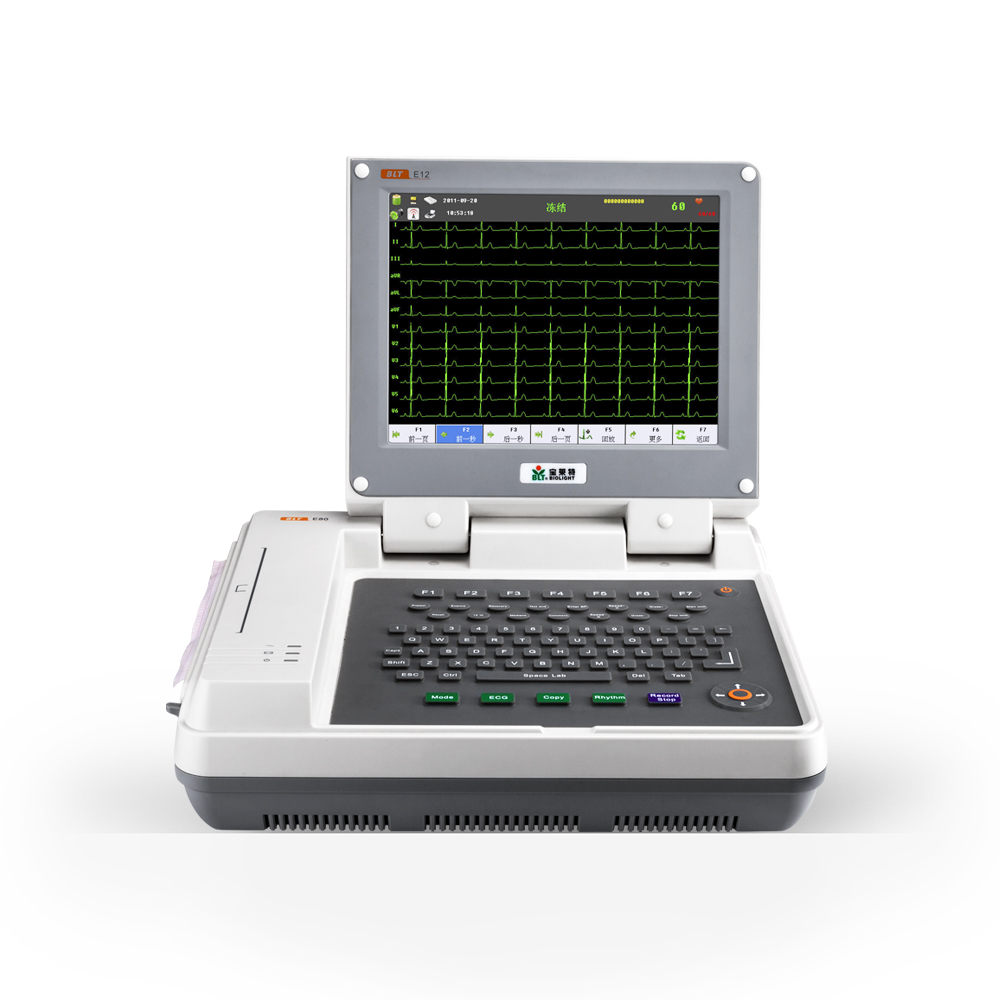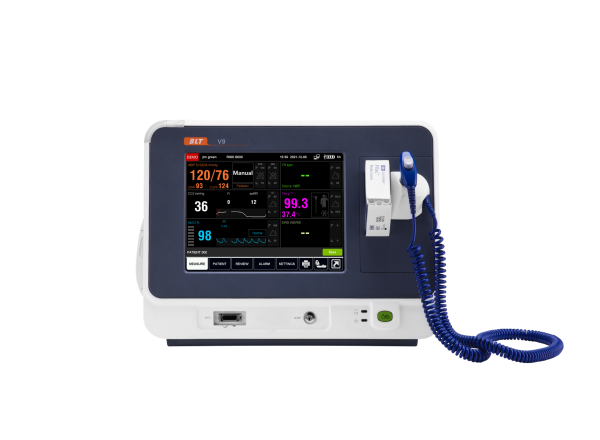Overview
BIS™ monitoring provides an objective measure of the patient’s depth of consciousness, and combined with your experience, enables you to confidently monitor and tailor safe, optimal anaesthesia for each patient.
Patient-Specific Drug Titration
Transforming Anaesthesia Delivery — One Patient at a Time
Studies have shown reductions in the use of anaesthetic drugs by as much as 50% in patients monitored with BIS™ technology:
- BIS™ monitoring enabled a 50% reduction in propofol administration during hypothermic cardiopulmonary bypass1
- End-tidal desflurane concentration was reduced by 25% compared with standard anaesthesia-monitoring practice2
- Titration of isoflurane using the BIS™ index decreased use of isoflurane and contributed to faster emergence of elderly patients undergoing elective knee or hip replacement surgery3
- For asleep-awake craniotomy procedures, where titratable anaesthesia is preferred to facilitate more predictable intraoperative wake-up, BIS™ monitoring can provide further information to guide drug administration and predict responsiveness.4
Improved Emergence, Recovery, and Discharge
BIS™ Monitoring — Reliable, Proven
Optimal anaesthetic administration improves patient outcomes and satisfaction, and may facilitate faster recovery and discharge by minimising side effects and postoperative complications. Studies have shown that patients whose anaesthetic dosing was guided by BIS™ monitoring required less anaesthetic drug and experienced:
- Faster extubation.2,5
- Faster emergence.5
- Better orientation at the post-anaesthesia care unit (PACU).5
- Faster discharge.2,5
